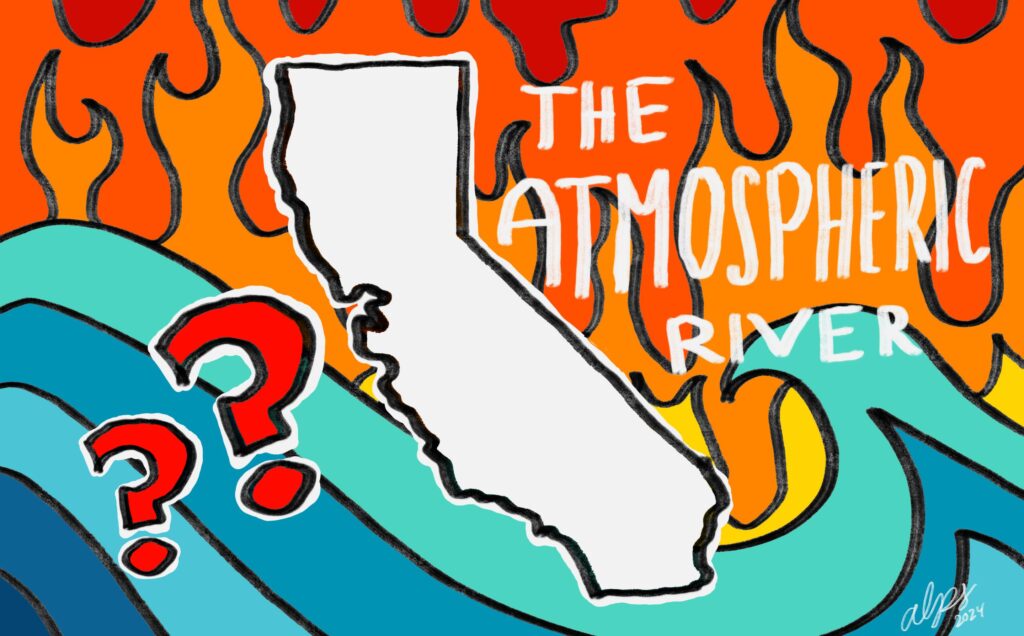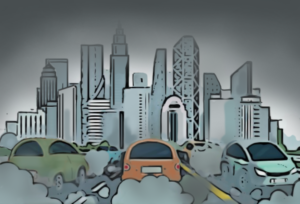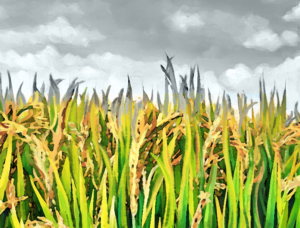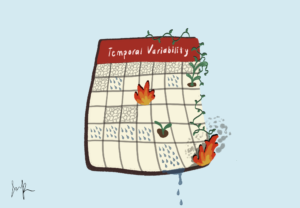
Previously, we discussed the relationships between the atmospheric river, its temporal variability, and the severity of fall-season wildfires in Northern California. Now, let’s examine how climate change can affect this relationship.
As we all know, recent trends in climate change have raised global temperatures, resulting in heightened variability and severity of extreme weather conditions. As NASA puts it, “record-breaking heat waves on land and in the ocean, drenching rains, severe floods, years-long droughts, extreme wildfires, and widespread flooding during hurricanes are all becoming more frequent and more intense” due to global warming. So, how can we expect these changes to impact California and the atmospheric river event?
Increased droughts California is experiencing are a catalyst for an increase in extreme fires. As climate change increases, can we expect longer and more severe drought conditions in California, leading to more severe wildfire conditions? This is precisely what many people suspect and what we were anticipating during the extreme wildfires from 2017 to 2020. However, let’s not forget to include the atmospheric rivers in the picture. According to a study by Michael Dettinger, atmospheric rivers, like other weather events, are expected to increase in length, intensity, and variability due to global warming. This means more floods, mudslides, and other catastrophes due to increased amounts of precipitation from the atmospheric river landfalls. Increased variability of atmospherics also means a higher variance in the timing of the atmospheric river landfall in Northern California. As of right now, a majority of atmospheric river landfall occurs during winter, but with an increased temporal variance due to climate change, landfall might occur more often earlier in the year, such as in late summer or early fall. If this is the case, fall season wildfire severity might decrease due to climate change, as we established previously that early atmospheric landfall will reduce fall season wildfire risk.
So, what are the implications of this? Nothing is certain unless further research is performed, and it would not be wise to assume the outcomes of relationships between such volatile events. However, what we can learn from this unique relationship between atmospheric rivers and fall-season wildfires in California is that we must always make sure to take into account the various ways climate change and our environment can impact us and find new ways of preparing ourselves to protect people and the environment.
Works Cited
Dahlman, R. L. A. L. (2024, January 18). Climate change: Global temperature. NOAA Climate.gov. https://www.climate.gov/news-features/understanding-climate/climate-change-global-temperature#:~:text=Earth’s%20temperature%20has%20risen%20by,2%C2%B0%20F%20in%20total.
Michael Dettinger. (n.d.). Climate-change-atmospheric-rivers-floods-california-dettinger … https://ca.water.usgs.gov/pubs/2011/climate-change-atmospheric-rivers-floods-california-dettinger.pdf
NASA. (n.d.). Extreme weather – NASA science. NASA. https://science.nasa.gov/climate-change/extreme-weather/
The views and opinions expressed are those of the authors and do not necessarily reflect nor represent the Earth Chronicles and its editorial board.









